There are over a hundred different strategies brands use to grow. So we’ve decided to narrow it down to the 30 most powerful strategies you could use today.
If you’ve been searching for different types of marketing for your business, we’ve got you covered. Robust and exhaustive, this post contains real-world success stories, trends, and predictions for the upcoming years. Consider it your final guide to understanding various marketing strategies used in 2021 that pay off.
Let’s start.
Account-Based Marketing
Definition
Unlike traditional B2B marketing, where you target a broad audience hoping to capture maximum leads, account-based marketing (or key account marketing) is a business strategy targeting your marketing efforts and resources on particular key accounts within a market.
Here, your customers (key accounts) become your market. This way, your campaigns are personalized to be effective to that customer.
On the other hand, if an organization is your key account, you direct your campaigns to the decision-makers within that organization.
- Your sales and marketing teams align to execute ABM strategies, increasing your ROI by as much as 208%.
- 97% of marketers attribute their growth in ROI to ABM.
- 84% of marketers report ABM has been their most fruitful marketing strategy.
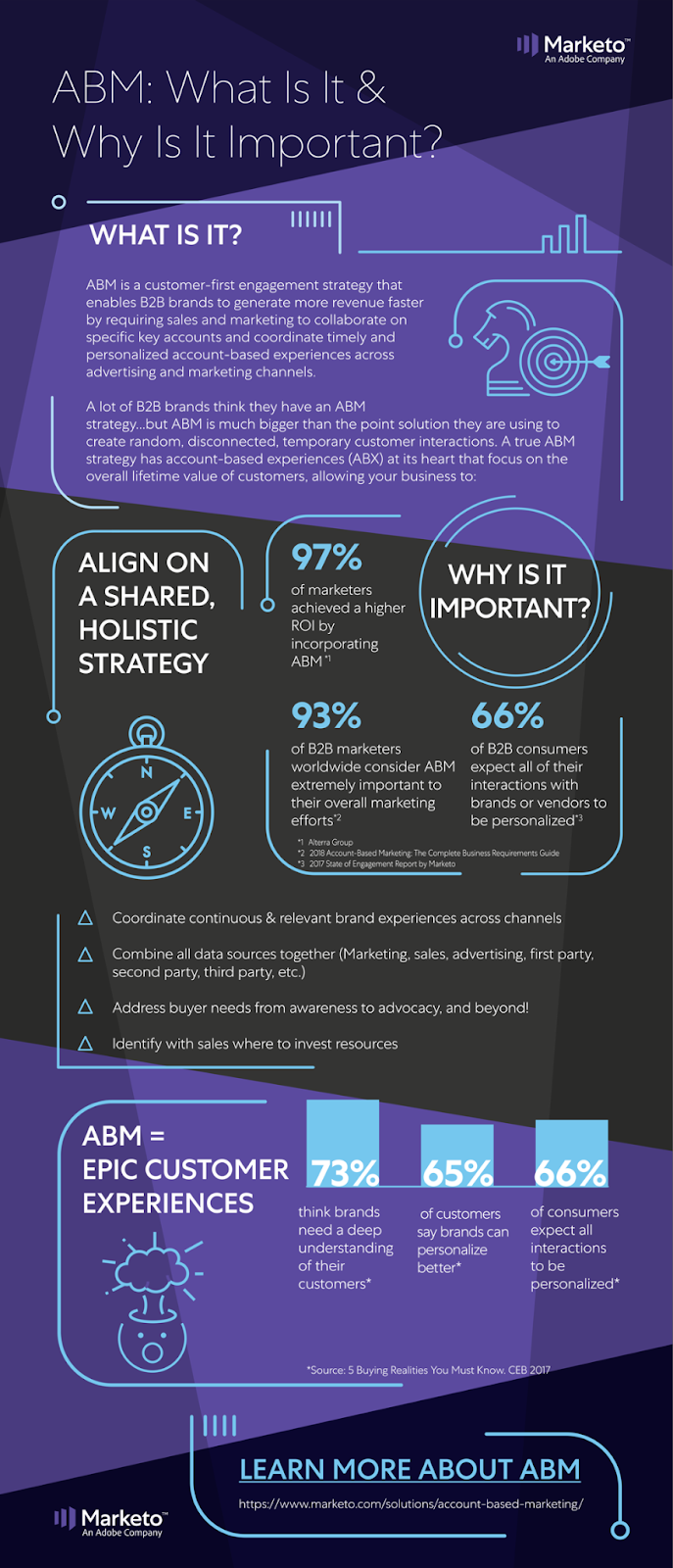
Example
Snowflake, a cloud computing-based data warehousing company, has been using ABM strategies since 2017.
They partnered with Terminus to run 500 concurrent ABM 1 to 1 campaigns through display advertising. In addition, they combined their sales and marketing efforts to create strong and personalized campaigns for each key account.
These didn’t gate these campaigns for the prospects. Instead, Snowflake built credibility by putting this content out on the open web. Then they increased retargeting to drive through their sales.
CTRs increase as a result of tailoring your content to your customer. ABM allows you to Target, Engage, Activate, and Measure your campaigns.
Affiliate Marketing
Definition
You (an affiliate) will earn a commission for marketing another person’s product in affiliate marketing. It’s a sales strategy that allows a company to increase its sales.
You, as an affiliate, would earn your share of the company’s profit each time they make a sale. Therefore, affiliate links allow you/ your partner company to track sales.
- More than 81% of brands include affiliate marketing strategies in their growth strategy.
- As of 2020, companies spent more than 7 Billion dollars on Affiliate marketing efforts.
- Since 2017, Amazon’s affiliate structure has offered 1-10% rates on product revenue for its affiliates.
- Jason Stone, the Millionaire Mentor, generated $7 Million in sales within 18 months!
- Affiliate marketing impacts 16% of all orders made online.
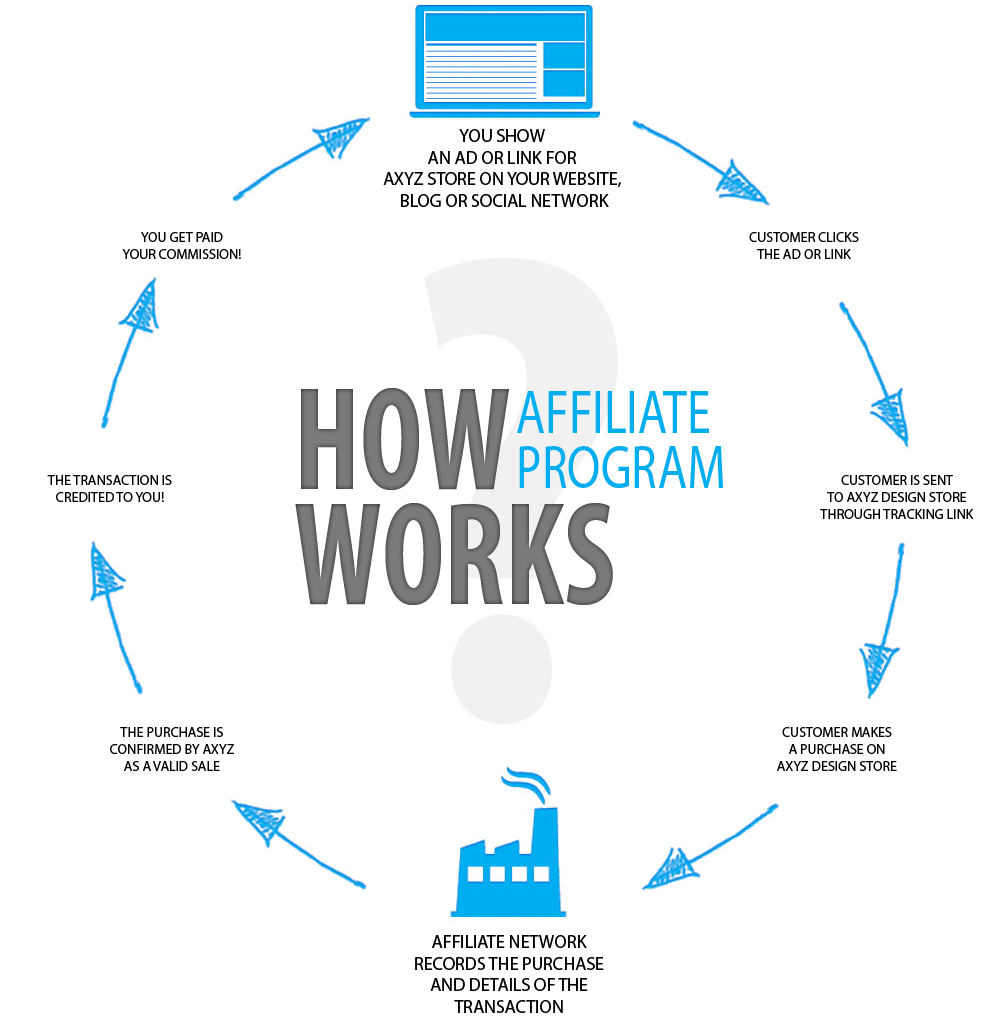
Image Credit: AvoidOnlineMarketingScams
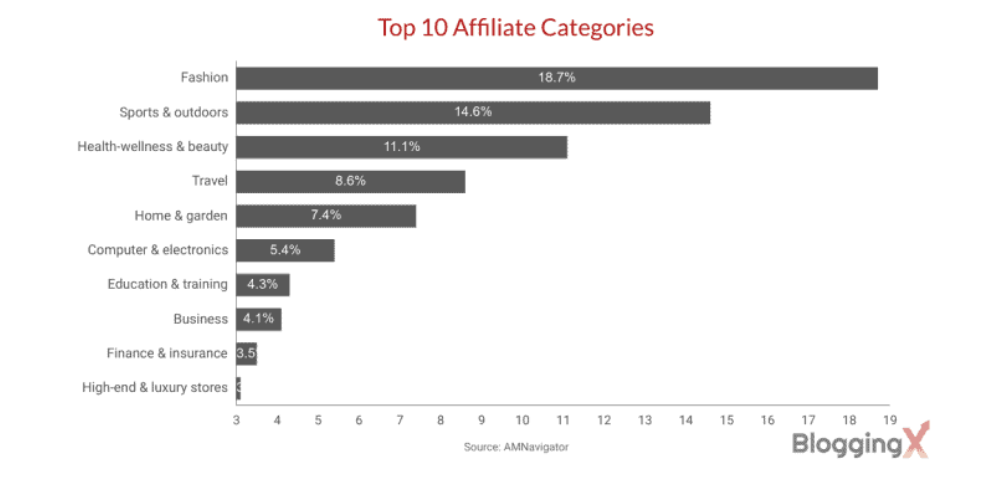
Example
The famous product-review website Wirecutter is known for its affiliate revenue-based business model. Every time a reader buys something on the site, the Amazon-based affiliate link allows them to make a commission. Amazon affiliate marketing is Amazon’s affiliate program or Amazon associate program, and it is one of the biggest affiliate programs in the world!
The reason why people trust the Wirecutter is because of the reviews posted.
In 2015, Wirecutter made a whopping $15 Million in sales through its affiliate model. In the fall of 2016, The New York Times Co. acquired the company for $30 Million.
Ambush Marketing
Definition
Ambush marketing goes by other names like coat-tail marketing or predatory ambushing. It’s the strategic practice where a brand hijacks or capitalizes on another advertiser’s campaign’s awareness, attention, goodwill, and other benefits.
Although it has polarizing views, where certain marketers consider it a parasitic practice and others laud it as creative opportunism, you can create memorable campaigns that increase product awareness in your consumer’s minds if done tastefully.
Example
Although Ambush marketing has been infamous in the sports industry, automobile industry giants Audi and BMW famously ambushed each other’s campaigns in 2012.
Santa Monica, California, became the battlefield for two of the world’s leading automobile manufacturers when they combated for billboard domination.
It started with a BMW campaign slogan that read, “A BMW rally with two nearby service centers. What’s next, paramedics at a chess tournament?”
Audi didn’t miss the opportunity to capitalize on this campaign. They bought the nearby billboard and advertised their new A4 sedan.

They even taunted BMW to get in on the action with a slogan, “Your move, BMW.”

BMW soon after purchased a nearby billboard:



This went on until BMW purchased a blimp to add to Audi’s billboard reading “game over.”
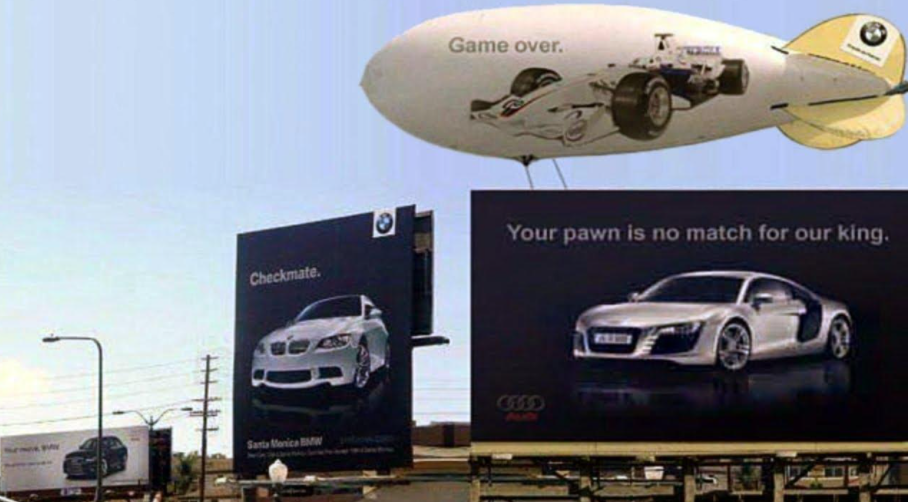
Images Source: wonderfulengineering
Audi had the final say on billboards with this ad. BMW later moved its billboard elsewhere, and the ‘war’ finally came to an end.
Brand Marketing
Definition
Brand marketing is the strategy to personify your brand and communicate your brand’s message to your customers.
Here, you make your product more valuable to your customers by communicating what your brand stands for, your USP, etc. This value not only drives engagement but builds loyalty and positions your brand in the minds of your customers.
Brand marketing is a long-term strategy that allows you to build higher brand awareness, trustworthiness, increase your product visibility, expand your market reach, and increase your brand’s overall reputation.
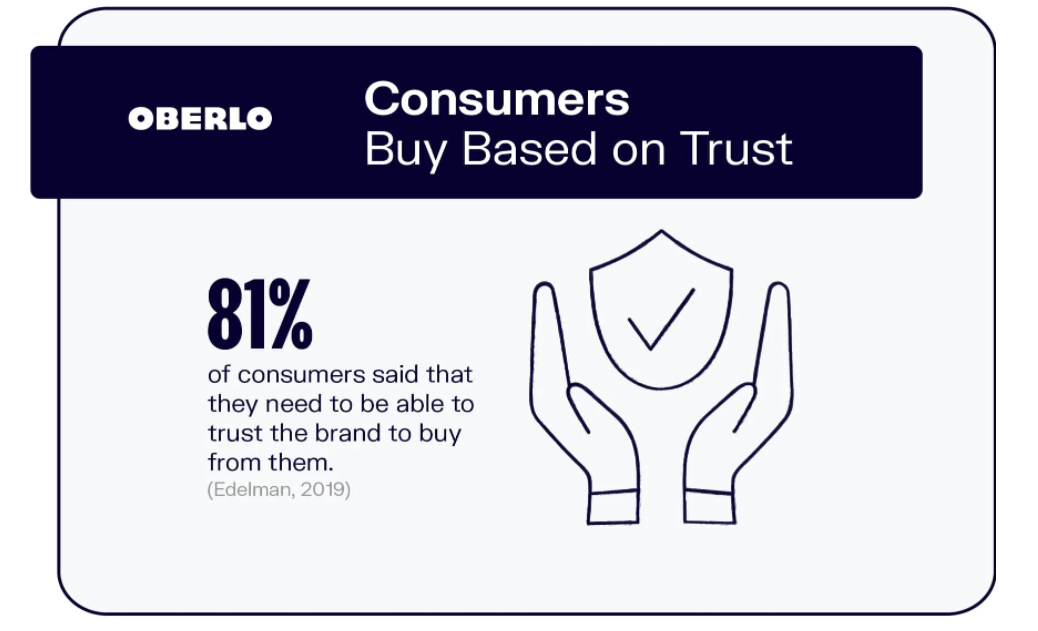
Example
The most notable example is Nike. Nike’s marketing strategy is a noteworthy brand marketing example. Although it came to existence 57 years ago, it still brings in over $35 Billion in revenue. Even with all the other options available, customers still trust Nike for their sportswear needs.
Through brand marketing, they address the customer’s emotions directly. Also, they don’t shy away from sharing failure stories, which helps them create powerful campaigns that unite them with their customers.
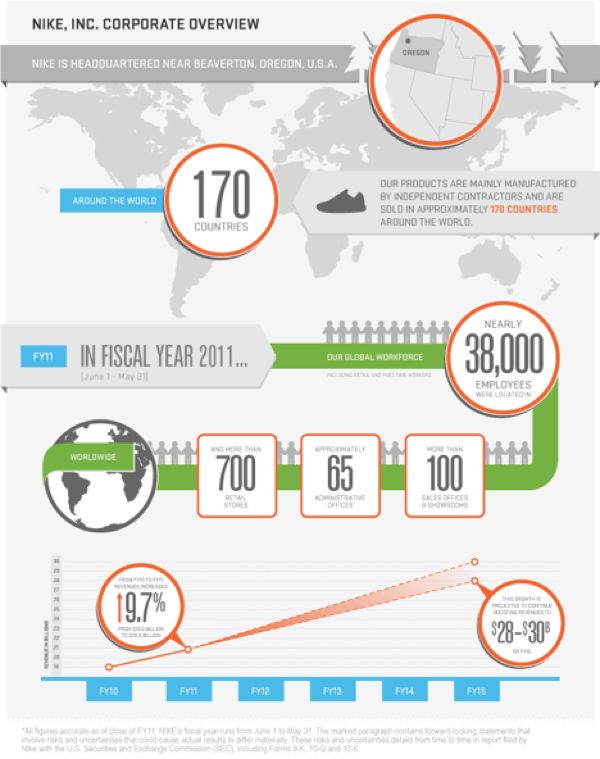
Image Source: managementexchange
Buzz Marketing
Definition
Buzz marketing is a form of word-of-mouth marketing where you get people to talk about your brand, product, or service. Information travels fast.
You advertise to one person. That person tells four more people, and each of them tells four more people, thereby helping you reach a multitude with your advertising campaign instead of traditional campaigning.
- Neilsen’s study found 92% of people trust their friend’s and family members’ recommendations over other advertising.
- 88% of people trust credible online reviews just as much as reviews by their friends and family.
- AdWeek reports that 74% of your customers trust word-of-mouth reviews when making their purchases.
Example
Apple is a brand that stands out when it comes to buzz marketing examples. People eagerly anticipate a new product launch and camp outside Apple stores to get their hands on a new gadget.
According to a job posting for a Buzz Marketing role, the skillsets they look for include:
- Placing Apple products in the creative side of film and TV
- Building and maintaining relationships with high profile influencers
- Understanding the entertainment industry inside out
Something to note here is that because the iPhone is successful and gathers positive reviews, more and more people join the buzz when new products like iPad, iWatch, etc., are launched.
Looking to create a buzz just like Apple? Here’s an article to help you.
Cause Marketing
Definition
Cause-related marketing happens when a symbiotic relationship is built by a for-profit organization joining hands with a nonprofit organization for a mutual benefit.
Here, the nonprofit organization can expand its reach through the funding provided by the for-profit business. And the business, on the other hand, gets a loyal customer base that also supports the cause.
Here’s why cause-related marketing is crucial for your business in 2021:
- According to Havas’ Meaningful Drive report, 77% of brands could go extinct, and no one would care. This indifference is a 3% increase in just two years. Also, brands that engage in cause marketing have seen a meaningful increase in their profits.
- Edelman’s Earned Brand Study in 2018 showed that 64% of your customers would avoid your brand if they don’t trust you have a good social impact.
- If most of your customer base consists of Gen Zers, know that 69% of them are more likely to buy from you if your brand contributes to a social cause.
- Forbes reports that 66% of consumers want brands to take stands on social and political issues.
- 72% of Americans consciously buy from companies that share and reflect their values.
Example

Dove is one of the prominent cause marketing examples ever. Their “Dove campaign for real beauty” propelled ladies to redefine the beauty standards of the time. It celebrated self-acceptance and celebrated each woman for her individuality.
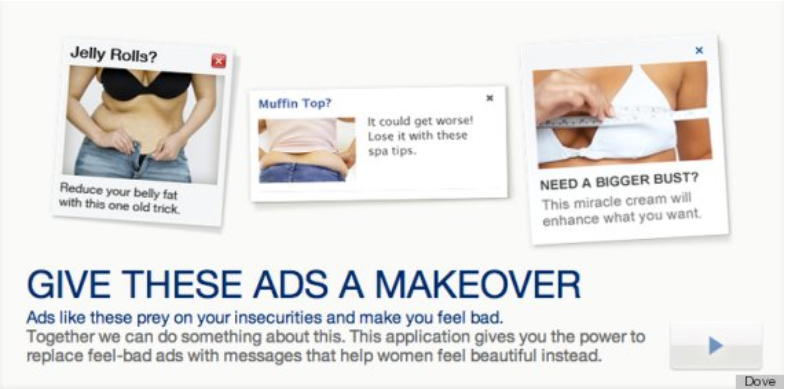
With the “Dove Ad Makeover campaign launch,” 171 million banners with negative messaging were displaced. Dove had a reach of 5.5 million unique women. More than 50% of the women who visited Dove Ad Makeover created a message, and the viewers’ friends created 82% of the ads seen.
Statistics show that 71% of women polled reported they felt more beautiful.
Content Marketing
Definition
Unlike traditional marketing that focuses on making a sale, content marketing delivers relevant, consistent, and valuable content, driving profitable customer action. Content marketing strategy helps you acquire and retain unique customers.
Content Marketing can help your brand:
- Reach your targeted audience efficiently by offering high-quality content relevant to them.
- Communicate your brand values.
- Attract and retain new customers through social media.
- Rank higher on search engines by optimizing your web content.
Example
A successful example of content marketing would be Gary Vaynerchuk.
With his YouTube series, WineLibraryTV, he shows people how to pair wines with virtually any food. Rather than promoting his business, he creates meaningful content around how wine pairing doesn’t have to be intimidating.
Even today, as he owns his multimillion-dollar digital marketing agency, VaynerMedia, his blog, weekly newsletters, and content on social media contain only 5-10% of promotional content. His firm’s value of content to its consumers results in his multibillion-dollar success.
Conversational Marketing
Definition
Conversational marketing, a part of inbound marketing, is a strategy to develop customer loyalty and boost engagement and revenue by building trust and relationships with your customer through the power of 1-1 conversations during their buying process. Here’s how brands benefit from conversation marketing:
- According to Salesforce, 71% of customers expect your brand to have real-time conversations with them.
- Thanks to high-quality live chat, 52% of consumers are expected to purchase again from your brand.
- Study shows that 9 in 10 consumers would like to use the messaging option to contact businesses.
- Brands using Facebook messaging in their strategy have seen a 30% increase in their ROI compared to retargeting ads.
- 80% of your routine questions can be answered on chatbots, reducing 30% of your customer service costs.
- According to HubSpot, as much as 47% of consumers are willing to make a purchase completely from a chatbot.
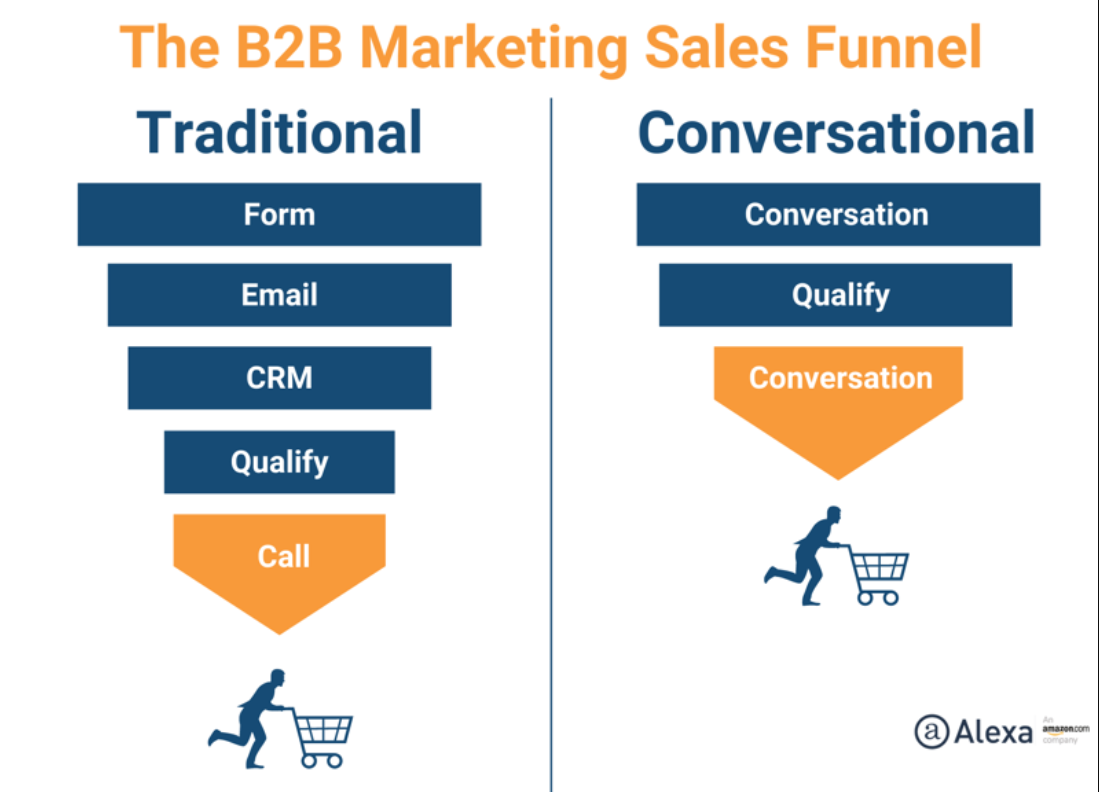
Example
Sephora, a renowned beauty retailer, introduced the “Sephora Virtual Assist” feature on their Facebook Messenger app, and since then, makeup trials have become a thing of the past. Well, we’re close to that reality, thanks to them.
Customers could easily purchase their products from the thread. Not only did they use conversational marketing strategies, but integrating AI and augmented reality softwares has propelled their conversation rate to almost 11% at the time.
The ‘try-before-you-buy’ experience for online shoppers made it easy for people to purchase new products with faith that it would suit them. It also enabled increased engagement with the brand.
Digital Marketing/ Internet Marketing
Definition
Marketing that uses the internet to promote and engage with its customers on digital mediums like computers, phones, tablets, or other devices comes under digital marketing. Internet marketing campaigns include online videos, emails and newsletters, multimedia, texts, display ads, and social media posts.
Search Engine Optimization, Content Marketing, Social Media Marketing, Pay Per Click Marketing, Affiliate Marketing, Native Advertising, Marketing Automation, Email Marketing are all digital marketing types that allow you to connect with your potential customer online.
Example
American Express wanted to establish itself as an industry leader, and it used digital marketing to do so. Its site, Trends and Insights, created an open forum where people could gather relevant information about corporate solutions like financial news, business trends, marketing tips, etc.
Through consistently posting relevant content on such topics and crowdsourcing content from industry experts, Trends and Insights became THE place where entrepreneurs and C-suite executives consumed their information.
Ecommerce Marketing
Definition
eCommerce Marketing includes promotional strategies to increase traffic to your eCommerce store, conversion strategies to drive more sales, and lead nurturing strategies to retain customers post-purchase.
A comprehensive eCommerce marketing strategy includes on-page and off-page optimizations that increase brand awareness, customer loyalty, and sales.
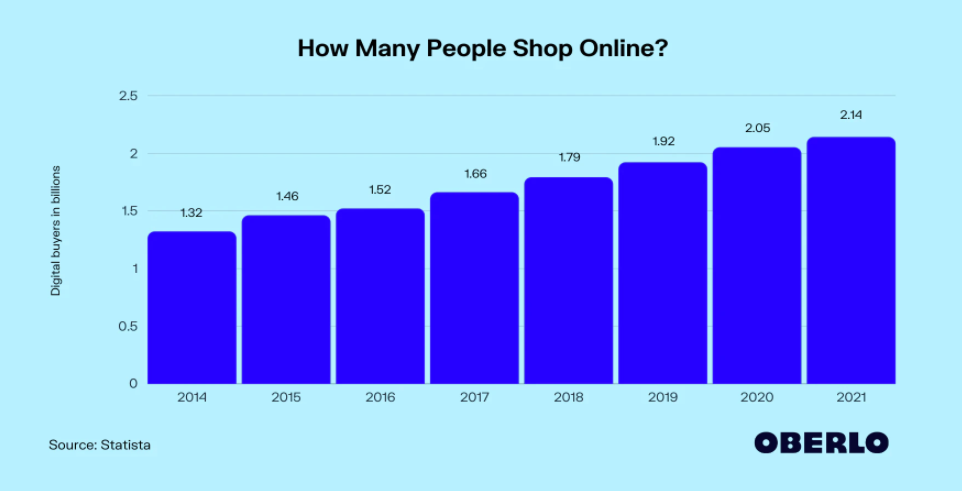
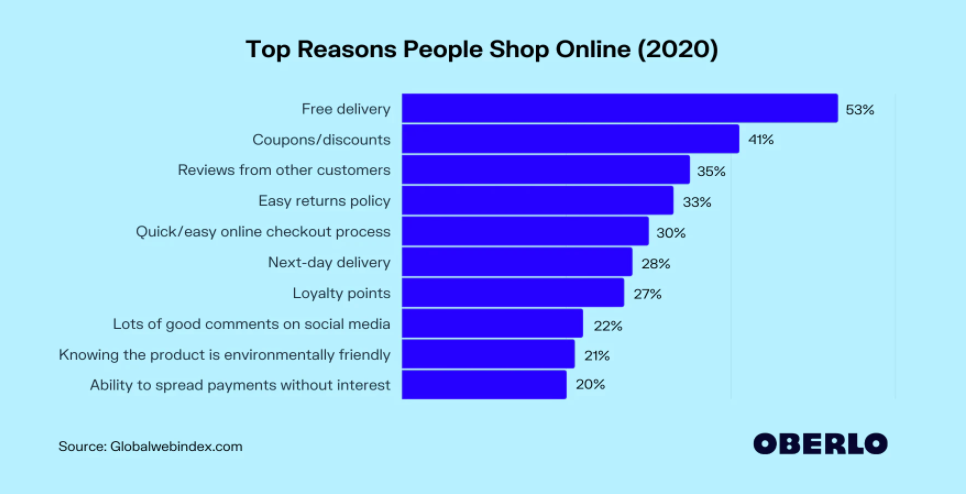
- In 2021, 19.5% of worldwide sales came from eCommerce platforms.
- 81% of your customers trust reviews of friends and family before purchasing.
- 69.6% of customers abandon their carts, and and re-targeting strategies can reduce that number.
- Omnichannel marketing is the future of eCommerce.
Example
Warby Parker, an online sunglasses retailer, started because the founders couldn’t find a pair of stylish sunglasses they liked online. This problem made them extra mindful of how important user experience can be.
Their solution was to leverage the power of storytelling and content marketing strategies while shaping their eCommerce strategy. They built customer loyalty by creating content that engages their user. They also showcase user-generated content on their social media handles.
When it comes to eCommerce marketing, since the competition is so high, sometimes it’s the simplest of strategies that can make your brand shine bright.
Email Marketing
Definition
Email marketing is a valuable strategy when deployed right. A great email marketing strategy connects your brand with your customers through regular emails about new products, discounts, or other services. It’s a great way to nurture your leads and prepare them for opportunities to convert on your website. Here’s why you should include email marketing in your business plan:
- People open 21% of the emails a brand sends within an hour of delivery.
- A personalized subject line ensures a 62% open rate for emails.
- You can expect a 96% increase in CTR if your first email contains a video.
- According to the campaign monitor report 2019, for every $1 you spend on email marketing, you get a boost in ROI of $42.
- In comparison with Facebook and Twitter, Email marketing converts 40% better.
- Brands that send segmented emails have noticed a 760% increase in ROI.
- 90% of users report a video nudges their purchase decision.
Example
The Skimm has become the ‘go-to place’ to get short, punchy, yet detailed news. Their success in gaining more than 7 million subscribers is a testament to how amazing their emails are. Another thing they do well? Engaging their customers and nurturing their leads.
Take a look at the screenshot below for their marketing campaign: subscription anniversary. Skimm celebrated and rewarded their subscribers who have been on a journey with them for years.
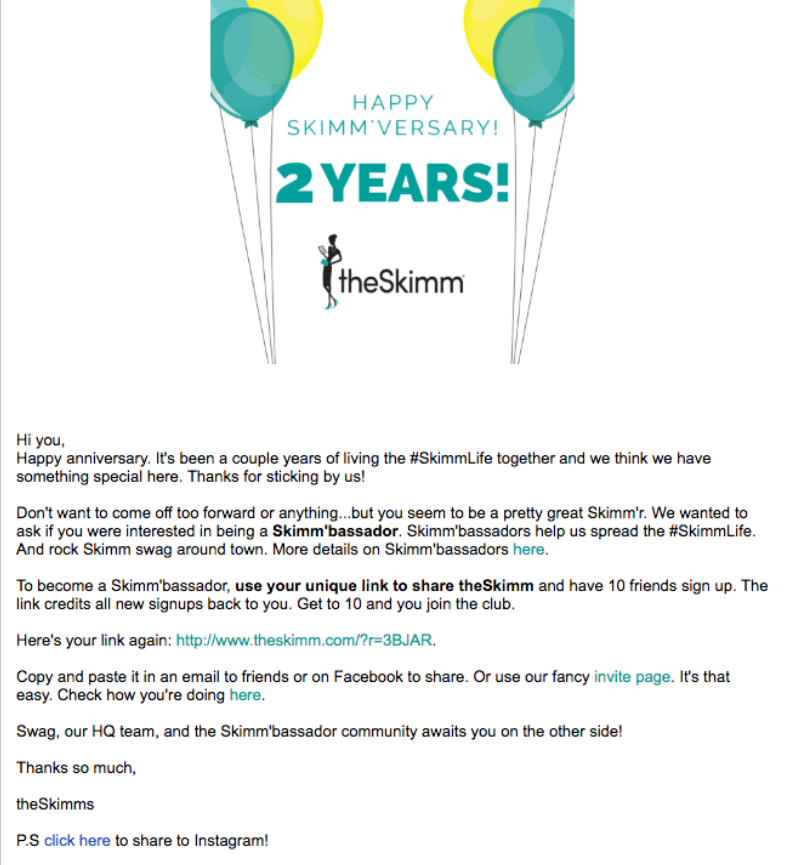
A bonus? They asked her if she’d like to become a brand ambassador as a gratitude for her loyalty. Of course, she’d have to share the link with ten of her friends, but as dropbox has taught us, people love sharing your brand if you’re adding value to their lives.
Everyone enjoys celebrating milestones. The best part is that your subscribers needn’t enter any additional information for something as simple as this.
Event Marketing
Definition
Brands use event marketing as a strategy when they want to promote their company, product, cause, or service through themed exhibits, displays, or presentations. These companies can choose to hold these events online or offline.
As a result, brands provide their potential customers with a novel, first-hand experience, allowing customers better to understand their personality, focus, and vision.
Additionally, marketers can promote their brand through inbound or outbound event marketing strategies.
- 95% of event creators find experiential marketing to be highly effective.
- 65% of brands correlate their increase in sales to their live events.
- 55% of virtual event organizers say they will continue to invest in the strategy.
- 75% of marketers believe in-person events have been their most rewarding content marketing strategy.
- 8 in 10 marketers attribute their brand’s success to live activations.
Example
Organizers at Google I/O recorded keynote speeches using a 360-degree camera and hosted these videos on YouTube. This way, the experience was not just easy to access but free. In addition, while the conference was an offline event, uploading the videos online allowed people to attend and “experience” the event virtually, thanks to the recording style.
Experiential Marketing
Definition
Unlike event marketing, where the goal is to promote your product, cause, or service, experiential marketing involves face-to-face, offline experiences with your customers, so they experience and engage with your brand and all it stands for.
Here, brand promotion happens due to your customers’ high-quality engagement with your brand.
This engagement allows for lasting, memorable, emotional connections with your brand, resulting in better CLV (customer lifetime value), improved brand awareness, and better business opportunities. Here’s why you should use experiential marketing strategies:
- According to a McKinsey report, 50%-80% of word-of-mouth promotion directly results from customers having a great experience with a brand at an experiential campaign.
- As of 2016, 77% of marketers have been using experiential marketing as a core business strategy.
- 98% of consumers attending your experiential event create social content sharing their experiences.
- According to a survey by Bizzabo, 63% of marketers plan on increasing the number of events they conduct a year.
- A Freeman report suggests that CMOs expect to allocate 21-50% of their marketing resources to experiential marketing.
- Since 2020, customer experience has overtaken product and price as key brand differentiators.
Example
Although Volkswagen is known for its cars, it extended its brand image beyond cars. Thus was the inception of “the fun theory.” This campaign was to swivel people’s unhelpful behaviors but in a fun way.
One of their campaigns took place at a subway stop in Germany. There was a fleet of stairs right next to an escalator. Since people were choosing the escalator to stairs, Volkswagen decided to create piano keys on the stairs. This way, people would have fun and thus choose the stairs. It resulted in 66% of people choosing stairs over escalators.
Our takeaway: you needn’t attach your experiential marketing campaign to the industry you serve in. Rather, connect with humans and resonate with human values. Here, Volkswagen resonated with the human emotion of “fun.” We all love to have fun, and thus Volkswagen, by associating their brand with fun, has already won over their customers.
Facebook Marketing
Definition
Facebook has evolved into becoming a prominent marketplace for brands in the past few years. Facebook marketing involves using tools within your Facebook page to target and communicate with potential and existing customers.
Facebook has become a lucrative channel for many brands because of benefits like:
- Precise targeting
- Increased website traffic
- Variety of ad formats
- Customer support
- Positive SEO impact
Here are a few compelling reasons to start a Facebook marketing campaign:
- As of 2021, Facebook has over 2.80 billion monthly active users.
- Facebook is the social media goliath reaching 59% of social media users.
- Facebook reported $27.2 Billion in ad revenue as of Q4, 2020.
- More than 200 million small businesses use Facebook to connect and engage with their customers.
- 65% of Facebook users are within 35 years of age.
- Facebook users spend an average of 19.5 hours on the app each month.
Example
Pandora, the jewelry company, wanted to increase their brand awareness in the German market. They were also curious to see if video ads would have the same success on Facebook as other ad formats.
They released a 15-second short clip from the original ad (check here) that shows a man gifting his partner a Pandora necklace.
They then cropped this ad to a square frame for the benefit of mobile users. Pandora targeted German audiences within the age range of 18-50. These ads showed up in newsfeeds as in-stream video ads.
The insights gathered by the case study are:
- 61% purchase increase in purchases
- 42% increase in new buyers.
- 10 point lift in brand sentiment.
Guerrilla Marketing
Definition
Guerrilla Marketing took inspiration from guerrilla warfare and came into existence in 1984 with Jay Conrad Levinson’s famous book: Guerrilla marketing. Today, guerrilla techniques involve creating extremely unconventional marketing campaigns that jolt people into paying attention to them because of their element of surprise.
Guerrilla techniques require a small budget, and the returns are significant because of the personalized and memorable interactions a customer has with a brand.
Example
We can never forget October 14, 2012, when Red Bull and extreme Austrian athlete Felix Baumgartner shocked us all with that skydive. The death-defying jump at over 128,100 feet into the stratosphere, at an estimated speed of 833.9 mph (1,342.8 km/h), broke the speed of sound AND the world record! He reached earth within 9:09 minutes and was free-falling for 4:22 minutes!
Red Bull allowed viewers to witness this amazing feat live on their Red Bull Stratos website and actively engage with users on Twitter and Facebook. As a result, they broke social media records by reaching 8 million views on YouTube, and to this day, we talk about it! That’s the power of guerrilla marketing.
Inbound Marketing
Definition
Inbound marketing uses different forms of pull marketing (like content marketing, blog writing, online/ offline events, search engine optimization (SEO), social media marketing, etc.) to generate more leads, increase brand awareness and develop better relationships.
Inbound marketing focuses on getting the customers to come to you, as opposed to outbound marketing, where you seek out customers. Here’s why more and more brands are investing in inbound marketing strategies:
- In Jan 2021, Google saw more than 2 million unique visitors in the USA.
- You can find more than half of the world’s population on social media.
- 70% of brands actively invest in content marketing.
- 86% of brands use video marketing to engage their viewers and attract new leads.
- 18% of CMOs report that switching to a mobile-optimized site has improved their site ranking and performance.
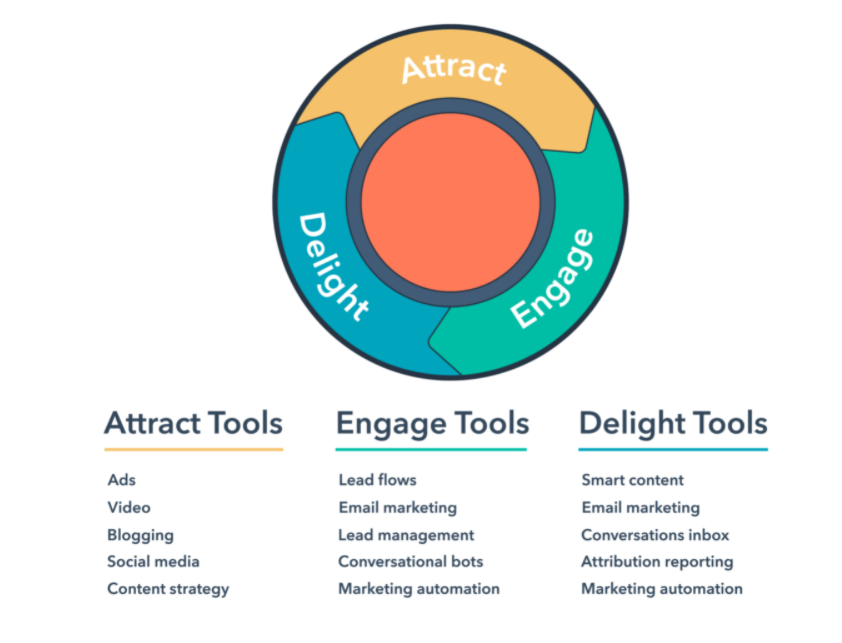
Example
Chewy, a famous pet brand that usually comes up as the first result for keywords like “dog food,” “organic dog food,” and “cheapest place to buy dog food.”
Since the company launched in 2011, they understood how valuable it is to present information to the customers that customers wanted. This understanding is why their product pages look almost identical to Amazon’s!
They provide a detailed product description robust in keywords for all their products. In addition, they have photos and videos of all their products. Even the sections within their product page feel intuitive to a customer: ‘Product’- ‘Frequently bought together’- ‘Description & Info’- ‘Reviews’- ‘You may also like’- ‘Upsell/ cross-sell sections,’ etc.
Take a look at how rich the product description for this Blue Buffalo product is. Allowing their customers to feed in reviews and answer questions in the community creates so much user-generated content.
When Google’s bots search through your content, customer reviews show the bots that the information present is valuable to searchers, which results in your site ranking higher organically.
Influencer Marketing
Definition
At its core, influencer marketing is a type of social media marketing that benefits from product mentions through brand endorsements from influencers.
Influencers are those people that have a good number of engaged followers on social media because of the trustworthy content they regularly upload.
Influencer marketing works so well because of the very trust their followers have in the influencers. Getting an influencer on your brand improves your social proof among your potential customers. Here are a few other reasons why influencer marketing could benefit you:
- Over the past decade, influencer marketing grew from an ancillary marketing strategy to a billion-dollar industry.
- As of 2020, the influencer marketing budget across brands increased to 65%, and it continues to grow.
- In 2020, brands spent anywhere from $1000- $10,000 a year on influencers.
- Brands report that 89% of their ROI from influencers either compares to or exceeds other marketing channels.
- Instagram is the #1 impactful channel for influencer marketing.
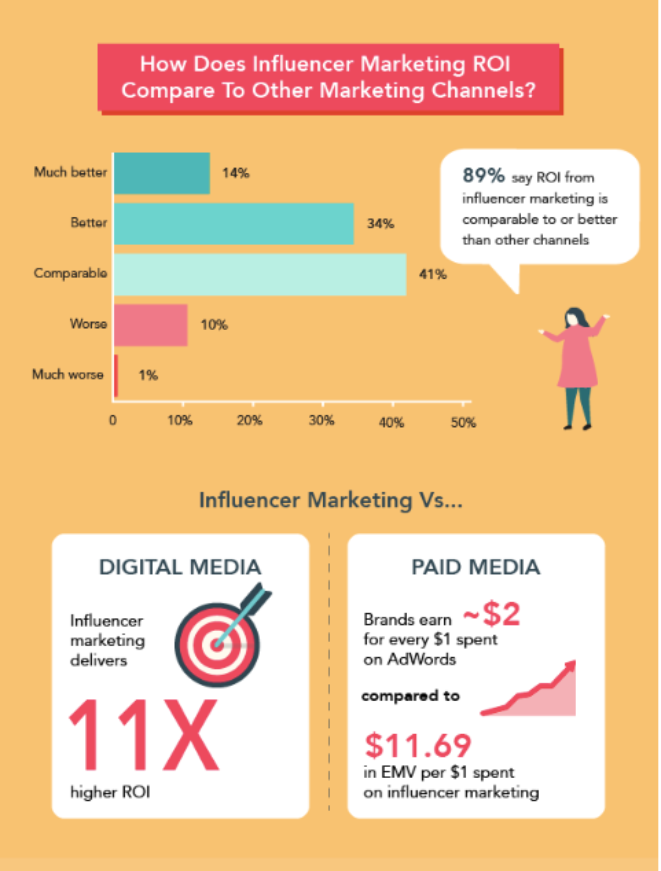
Example
Hinge, the dating app, when released in 2013, found it hard to differentiate itself from major competitors like Tinder, OK Cupid, and the female-empowering app- Bumble. So hinge decided to reinvent and rebrand itself as the “relationship app.”
They took away the swiping model and introduced an Instagram-like format with subscription plans ranging from $5-$13 a month. With their “The Dating Apocalypse” campaign, they could leverage the power of Instagram meme creators like @betches, among others, and generate more brand awareness.
One post from Betches’ Hinge promotion garnered 80,153+ likes and 3,068+ comments. Similarly, they partnered with other influencers and got the world to know their rebranding in a fun, hip, and relatable way. Through this branding strategy, they saw:
- 15% increase in new members each month after the campaign.
- Increased their user base 2X.
- Three hundred media outlets were happily covering the relaunch and the rebranded video.
- Users switched from the free to $7/month subscription model.
Neuromarketing
Definition
Neuromarketing is a field of marketing communication that uses data gathered from neuropsychology to drive advertisements, product development, pricing, and other areas of marketing.
Neuropsychology studies the relation between brain function and behavior, emotion, and cognition.
Brain scanning (MRIs and fMRIs) to measure brain activity and physiological tracking to measure eye movement are common ways brands measure neural responses to advertisements/ products/ or pricing. Neuromarketing can help your brand:
- In 2020, the Global Neuromarketing Market was valued at USD 1,158.37 million and was estimated to grow up to USD 1896.1 million by 2026.
- Big brands like PepsiCo, The Weather Channel, eBay, and Daimler are reaping the benefits of neuromarketing research techniques as they conduct market research, run focus groups, and create their campaigns.
- According to trends, we expect North America to hold the greatest share in neuromarketing.
- A Salesforce report suggests that 73% of your customers expect your brand to understand their needs and expectations. Neuromarketing can allow you to predict these expectations.
Example
During their neuromarketing research, Frito Lay, the famous potato chips brand Lay’s parent company, found women weren’t consuming as much of their products as men.
They found that women preferred salty snacks just 14% of the time. About 25% of the time, their go-to was a sweet snack. But more importantly, 61% of the time, women reached for something healthy like fruits and vegetables. Upon further digging, they found out the reason was guilt. Women felt guilty while “indulging” in unhealthy snacks, and therefore no amount of regular advertising campaigns would cut through.
A focused neuromarketing research was the reason Lays decided to redesign its packaging. Lays did away with the old shiny yellow bags of chips and introduced matte bags that highlighted the healthy ingredients upfront. Lays wanted women to feel that they were making a healthier choice while snacking on their potato chips. This strategy also led to creating a baked variety of chips and other varieties, as shown in the ad.
Niche Marketing
Definition
Niche marketing is when you tailor your strategy to target a specific market subset. This way, your brand is hyperfocused on catering to the needs of a niche instead of mass marketing. This type of marketing yields high returns as you directly target those actively seeking your product. In 2021, you need to focus on niche marketing because:
- You build an inclusive and meaningful community around your brand.
- Higher engagement with customers results in higher brand loyalty.
- You can cut through the competition and carve out a new segment.
Example
Apple is a prominent example when we think of niche marketing. Apple has successfully carved a niche and placed its product: the iPhone, as a must-have. This way, no matter the Chinese smartphone market share, Apple still enjoys a profit share of 66% with just 14% market share.
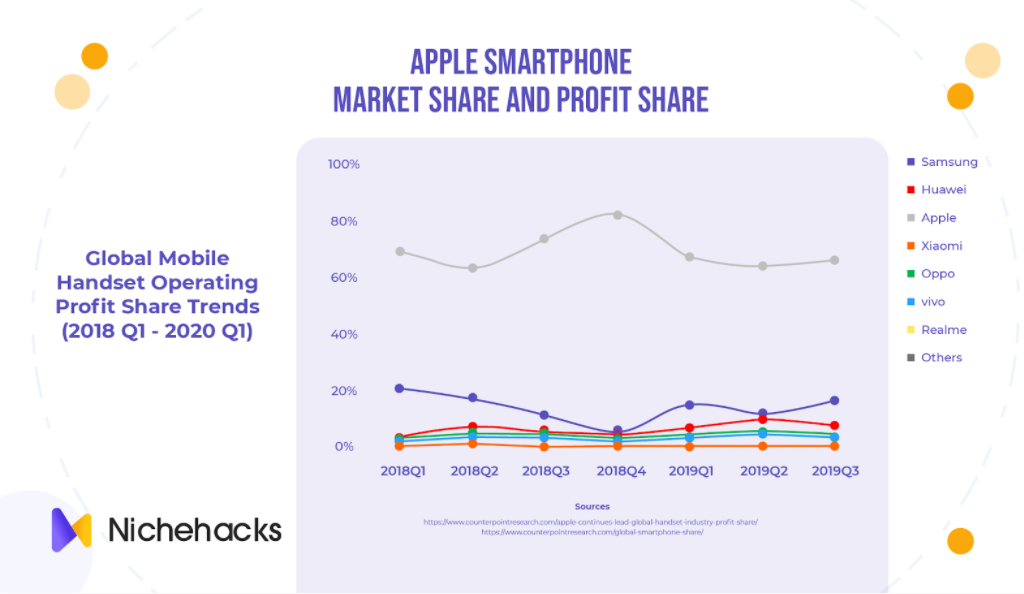
Outbound Marketing
Definition
Unlike inbound marketing strategies that pull in a brand’s customers, outbound marketing strategies include all means a company uses to push its message out to the audience. It’s a form of traditional marketing where a brand uses advertisements like TV commercials, radio or print ads, trade shows, outbound calls (or cold calls), outbound emails, etc., to reach its audience. Here are a few stats you should know:
- Automated messages amount to 29% of all email orders.
- There’s a 102% YoY increase in SMS conversion rates.
- Stats show a 500% increase in web push notifications.
Example
BMW, the German car manufacturer, sent out MMS messages to its German customers to encourage winter tire sales. Here, the brand attached a photo of the customer’s car but with the winter tires instead of their own. This way, they showed the tire’s safety in extremely cold conditions.

When you highly personalize, contextualize, and localize your outbound marketing campaign like BMW and use it when relevant to your customers, it becomes hugely successful. BMW reaped $45+ million in sales through this winter campaign. The campaign cost $60,000 (estimate), and at this rate, their ROI was approximately 758 dollars for each MMS.
Product Marketing
Definition
Marketers use product marketing strategies to launch a product in the market. These strategies help a marketer understand the market demands and shape the product such that it efficiently communicates with the market the problems the product solves. This strategy drives demand and usage of the product. Product marketing allows you to:
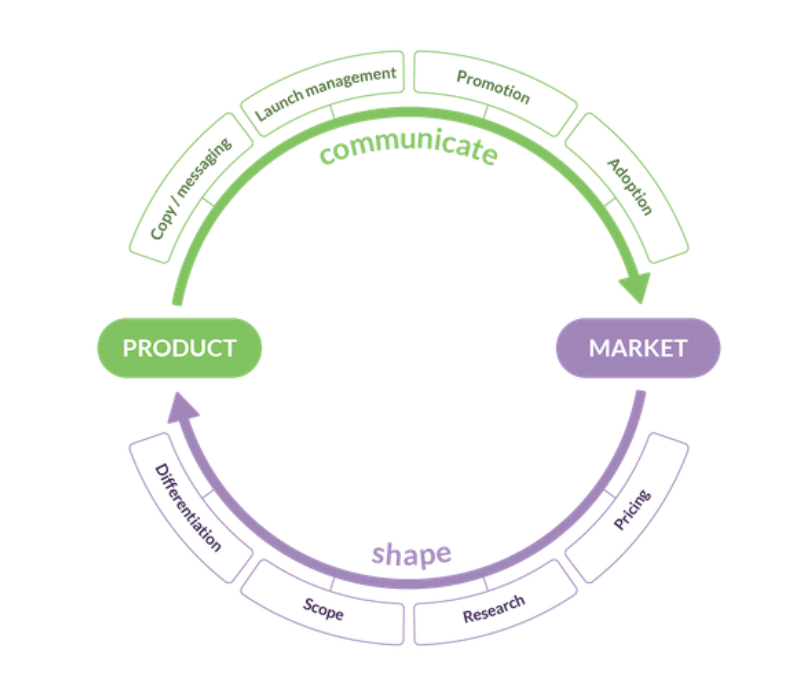
- Better understand your customers
- Target your audience efficiently
- Understand your competition
- Ensure your entire sales and marketing team works as one
- Position your product correctly
- Boost revenue by improving sales
Example
Coca-Cola launched a share a coke campaign in 2014, a great example of product reinvention, an integral part of product marketing. Essentially, they replaced the regular labels with personalized names, which read, “Share a coke with XYZ.” They started with 250 common American names and grew the list to over 1000.
Share a coke in itself is a CTA, which is why it drove consumers to act upon it. The personalization touch was new and spoke to people individually.
They gained over 25 million new followers on Facebook, and people used #ShareACoke on more than 500,000 photos. This brand awareness campaign boosted their sales impressively, and the engagement and, of course, brand awareness created were massive. Here’s a video detailing their strategy.
Relationship Marketing
Definition
Relationship marketing is a part of CRM (customer relationship marketing). It involves creating a long-term emotional connection with the customer by promoting open communications and providing relevant information suited to their needs. Here’s why relationship marketing becomes all the more relevant in 2021:
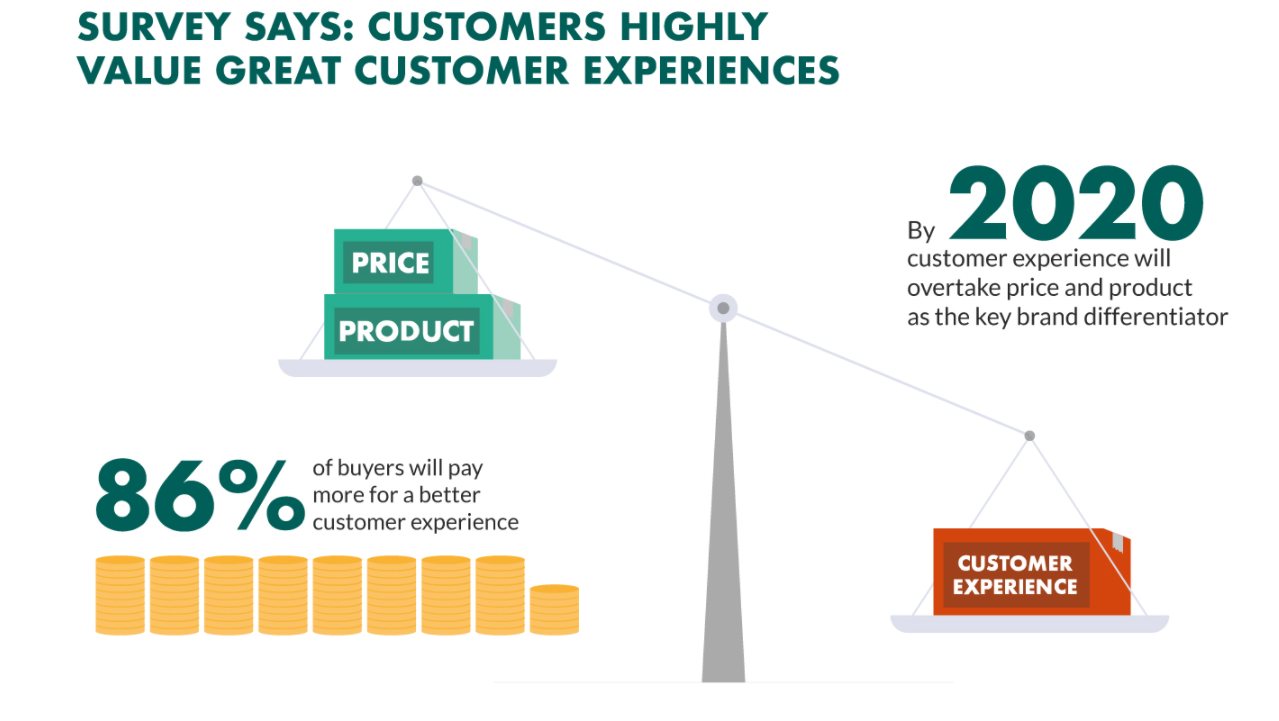
- 86% of consumers don’t mind paying more for a great customer experience.
- 63% of customers are willing to provide more personal information if they have a great experience at your store.
- 32% of consumers are happy to walk away from a brand if they have one bad experience.
- 49% of consumers have confessed to making impulse purchases because of a personalized experience at the store.
- As of 2020, customer experience has overtaken price and product as the key brand differentiator.
- 42% of brands invest in relationship marketing to improve their cross-selling and up-selling.

Example
One of the prominent examples that stand out is always Zappos when it comes to relationship marketing. An eCommerce fashion brand specializing in footwear is known for its exemplary customer service.
There are countless examples of Zappos providing great customer service, ranging from saving the best man from walking to his friend’s wedding in slippers to having a 10.5hrs call with a customer just because the customer needed to talk to someone.
Even the CEO, Tony Hsieh, has a favorite personal story. After he took a few clients out to drink, they all came back to their hotel rooms. It was late at night, and one of his clients called Hsin, saying he was craving pizza.
Hsieh was so confident in his brand that he asked the client to call Zappos. Although Zappos sells shoes, they had no hesitation searching for pizzerias open at 2 am near the client’s hotel. As a result, they set a new precedent in wowing customers above and beyond. This level of service is why Amazon bought Zappos for more than a billion dollars.
Services Marketing
Definition
Services marketing includes all B2B and B2C services that use human interactions for services that serve as actions, promotions, or satisfactions offered during a sale. Service marketers sell experiences.
More nuanced thought suggests that brands artificially created the separation of products and services. Everyone sells services. Here’s why you should include more services marketing strategies:
- Customer centricity has become the paradigm shift in 2021.
- You add more value to your customers, even as you simplify your buyer’s cycle.
- AI can help you create personalized experiences for your customers, thereby building brand loyalty.
- Augmented analytics can help you double your business value.
- Service marketing strategies can influence buying decisions.
Example
WowMakers is an initiative by Hilton hotels where they provide resources and celebrate event professionals’ success stories to inspire other planners to create powerful and awe-worthy events.
Planners can find infographics, examples, trends, and other resources that can help them plan and execute events successfully. Planners also get to see which locations are perfect for their new event.
This example shows that service marketing need not be just for your customers; rather, you can use the strategies to inspire professionals within your industry, so it thrives as it constantly seeks innovation.
Social Marketing
Definition
Social marketing uses commercial marketing techniques to raise awareness and create social and economic changes. We see social marketing techniques in causes like health and safety, environmental issues, and social activism. Here’s why social marketing is important in 2021:
- 46% of Millennials participate in crowdfunding.
- Charities focused on animals/ environmental issues have seen an increase of 7.2% (approx. $11 billion)
- 64% of Gen Z’ers are ready to pay more for an eco-friendly product.
- 89% of executives want to work for a company that drives social change.
- 77% of people prefer brands that support healthy products.
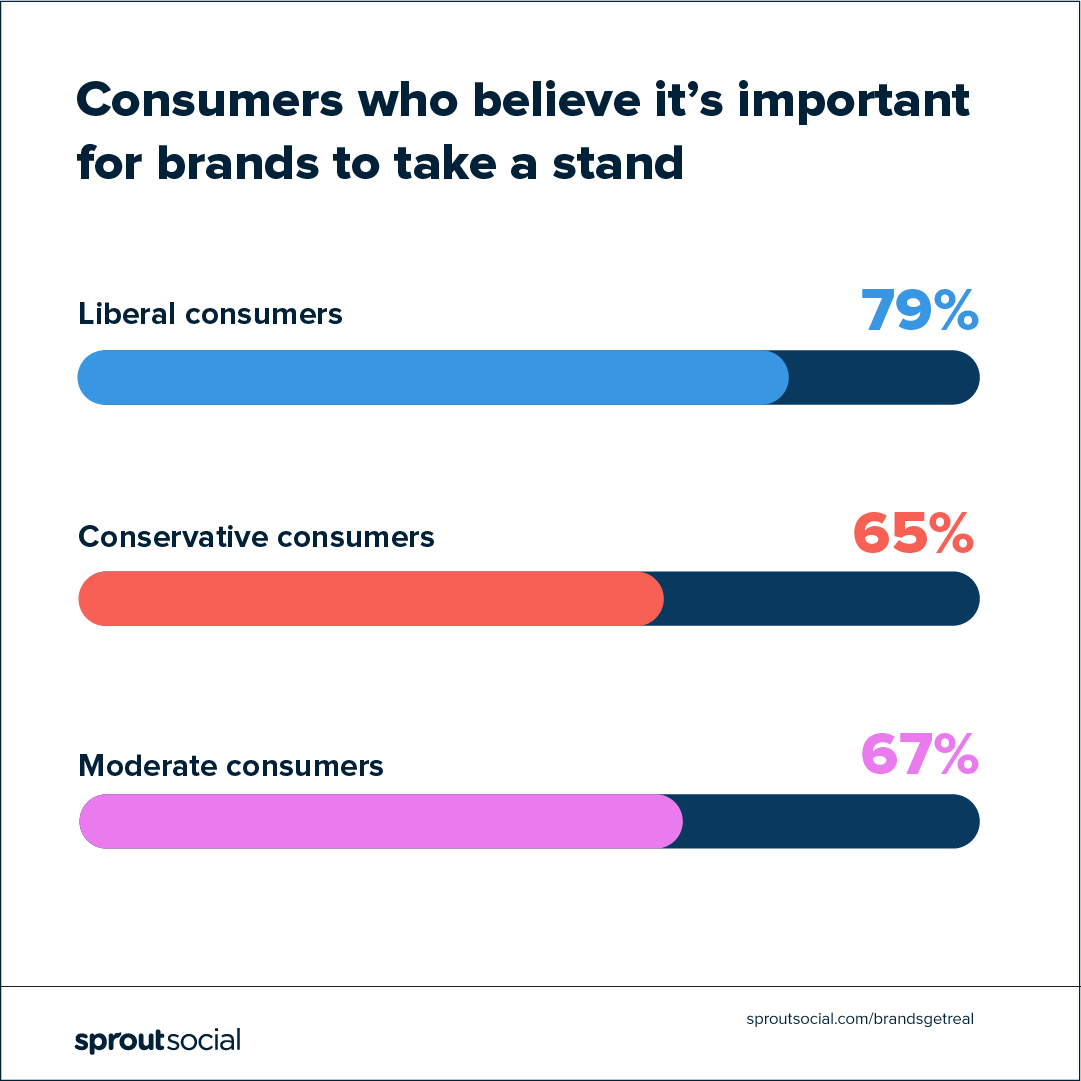
Example
When it comes to social marketing, we can’t forget how successful the ALS ice bucket challenge has been. The organization raised over $115 million in donations to find a cure for the disease.
The idea of tagging the next person and getting big celebrities to participate in a fun challenge brought awareness to people about the disease.
It also allowed people to empathize with those who suffered from the disease, albeit briefly. The emotional connection that this challenge created with the sufferers of the disease is what allowed for more donations.
Social Media Marketing
Definition
Social media marketing uses social media platforms to connect brands with their end-users. This powerful strategy helps drive sales, build brand awareness and increase website traffic.
By publishing relevant content, listening and engaging with followers, analyzing results, and running social media advertisements, a brand can grow exponentially through major platforms like Instagram, Facebook, Twitter, LinkedIn, Pinterest, YouTube, Snapchat, etc.
Here are a few trends in social media marketing as of 2021:
- Statista reports that currently, 3.78 billion people actively use social media worldwide.
- According to research, Facebook is the most popular choice of social media platform.
- Buffer reports that 73% of marketers believe that social media marketing has been “somewhat fruitful” or “very useful” for their business.
- 54% of social browsers research products on social media.
- Forbes reports that 71% of consumers who had a positive experience with a brand on social media generally recommend it to their friends and family.
- Influencer suggestions persuade 49% of consumers.
Example
In 2019, Gillette, the popular personal grooming brand, ran a YouTube short film about the modern interpretation of manhood. Gillette spoke about the challenges men face w.r.t hiding their emotions, sexual harassment, bullying, etc.
The campaign was similar to the #MeToo movement. they took to Instagram and posted many male role models to inspire the redefinition of manhood. Additionally, the company pledged $1 million to non-profit organizers who actively campaigned against toxic masculinity for three consecutive years.
This campaign garnered 30 million views, and each month, #GilletteAd reached 150 million users. Even their Instagram posts gathered an average of 800 likes and 50 comments.
Targeted Marketing
Definition
Targeting marketing involves a brand identifying its target audience by building the right buyer persona and targeting its products or services to that audience group. Unlike mass marketing, targeted marketing ensures companies direct their marketing communications and strategies to a specific group of people. Here’s why targeted marketing is relevant in 2021:
- Targeted marketing has a smaller reach but produces better and more accurate results than mass marketing.
- It results in higher engagement and better brand loyalty.
- It yields long-term results.
Example
Kelloggs is famous for its breakfast cereals. But, if you take a closer look at their strategy, you’ll find how they target approximately 650 TV ads each year to promote their cereal options to kids. These ads are shown on children’s pay channels when they are highly engaged.
Furthermore, brands keep sugary cereals in children’s eye line at supermarkets. A study by Yale concluded that this targeted marketing strategy was why 17% of total sales by volume came from sugary cereals.
Video Marketing
Definition
Video marketing allows brands to market their products or services, increase reach and engagement, and educate their customers through videos. Here are a few reasons why video marketing is essential for your brand:
- 85% of US adults consume video content from brands.
- 54% of consumers want more video content from brands they follow.
- 87% of marketers use video marketing to accomplish their targets.
- Videos are the favorite type of content for your consumers.
- Marketers get 66% more qualified leads through video marketing. They also achieve a 54% increase in brand awareness.
- 8 in 10 people have purchased from a brand after watching their video.
Example
GoPro, a high-def camcorder manufacturer, does video marketing right. They crowdsource a lot of videos adventurous GoPro users film and upload them on their social platforms. This strategy benefits both the brand and its users.
Although the brand generally showcases adventurous videos, GoPro’s video of a fireman saving a kitten had gone viral, raking up 44.8 million views, 555k upvotes, and over 54K comments. Deciding to show the caring side of the brand paid off. This result is the power of video marketing.
Viral Marketing
Definition
Brands use viral marketing strategies to spread their unique messages/ videos quickly through people. Just like a virus spreads like wildfire among communities, multiple people share viral content in a short period. This result is why social media platforms are the hub of viral content.
Example
The Super Bowl is a time when marketers get highly competitive over the 30-second spots. They are willing to pay upwards of $5 million. However, when the Mercedes Superdome experienced an outage in power that lasted longer than 30 minutes, Oreo cleverly bypassed this system using one simple tweet:
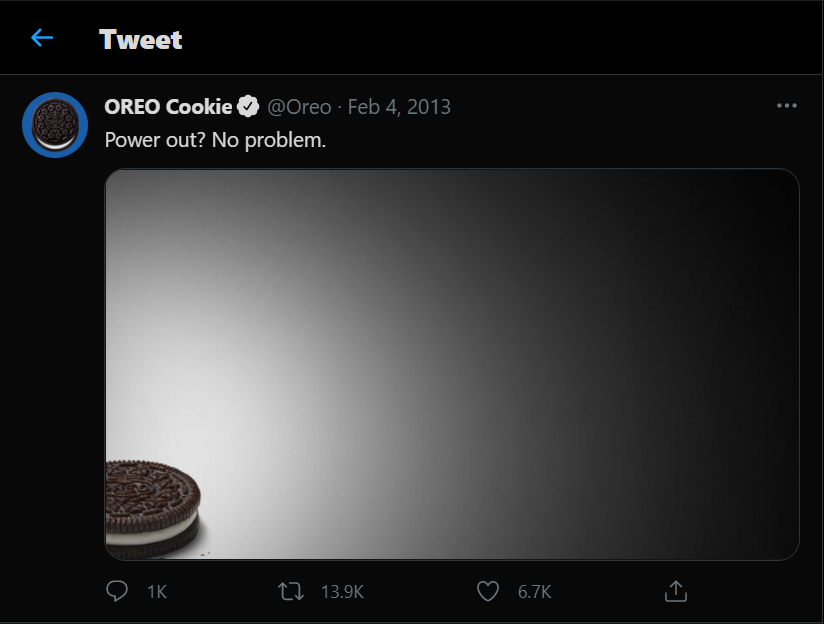
We bring this example today because it forced marketers to rethink marketing. The virality of this tweet showed marketers that creativity and wit could go a long way in marketing.
Word-of-mouth Marketing
Definition
Word-of-mouth marketing influences and encourages organic conversations about a brand. To further simplify this, word-of-mouth marketers create a product/ content that will get people talking, and they further encourage people to have these conversations. Here’s why it matters for your brand:
- Neilsen reports that 92% of your consumers trust reviews about your brand from their friends and family.
- Eric Carlson, the founder of 10X Factory, says Facebook groups where influencers and family and friends all talk about your product can help boost your eCommerce success.
- As little as a 10% increase in word-of-mouth marketing results in a sales lift of 0.2%-1.5%.
- 74% of your consumers buy your products because of WOM marketing.
Example
Pinterest founder Ben Silbermann used WOM marketing strategies to grow the brand from 3000 followers to over 200 million in 2018. He noticed that although the number of followers was small, they were passionate.
By assuring them that Pinterest was serious about their growth, they launched the “pin it forward” campaign. This campaign encouraged “pinners” to create pinboards and share with their friends; these friends would then create a Pinterest account and do the same. This is a powerful and digital example of the need for WOM marketing.
YouTube Marketing
Definition
When brands promote their business and products on YouTube, they use YouTube marketing strategies to upload valuable content that generates engagement and adds to their inbound marketing efforts. This can be in the form of videos or paid advertisements. Here are a few trends to keep an eye on:
- As of 2020, people spend close to 100 minutes a day watching YouTube videos.
- Users are consuming videos on all possible devices, including televisions.
- 99% of video marketers are getting in on video streaming content, and 95% of marketers are increasing their YouTube marketing budget.
- Users upload more than 100 hours of video content every minute on YouTube.
- YouTube is shaping to be the future of advertising.
Example
Blendtec is such a historic example of YouTube marketing done right; we had to talk about it. Blendtec started its “will it blend” campaign in 2006. The company’s founder, Tom Dickson, was curious how durable the Blendtec blenders would be.
The concept was simple: can you blend ANY object using this blender? From marbles to even iPads and iPhones are some of the objects the viral videos showed.
This is at the crux of what YouTube wanted for its customers: entertaining content. These videos were so outrageously wild that people HAD to share them. This viral sensation gathered millions of views almost immediately, and Blendtec sales skyrocketed: we’re talking about a 700% increase in online sales.
Concluding
We’ve shown you in detail all the different strategies used in marketing as of 2021. From ABM to YouTube marketing, we highlighted some prominent examples of brands using these strategies to succeed in 2022. We hope you find inspiration to use these strategies to boom your brand creatively. Also, check out this interesting post on [TOPIC] next.
